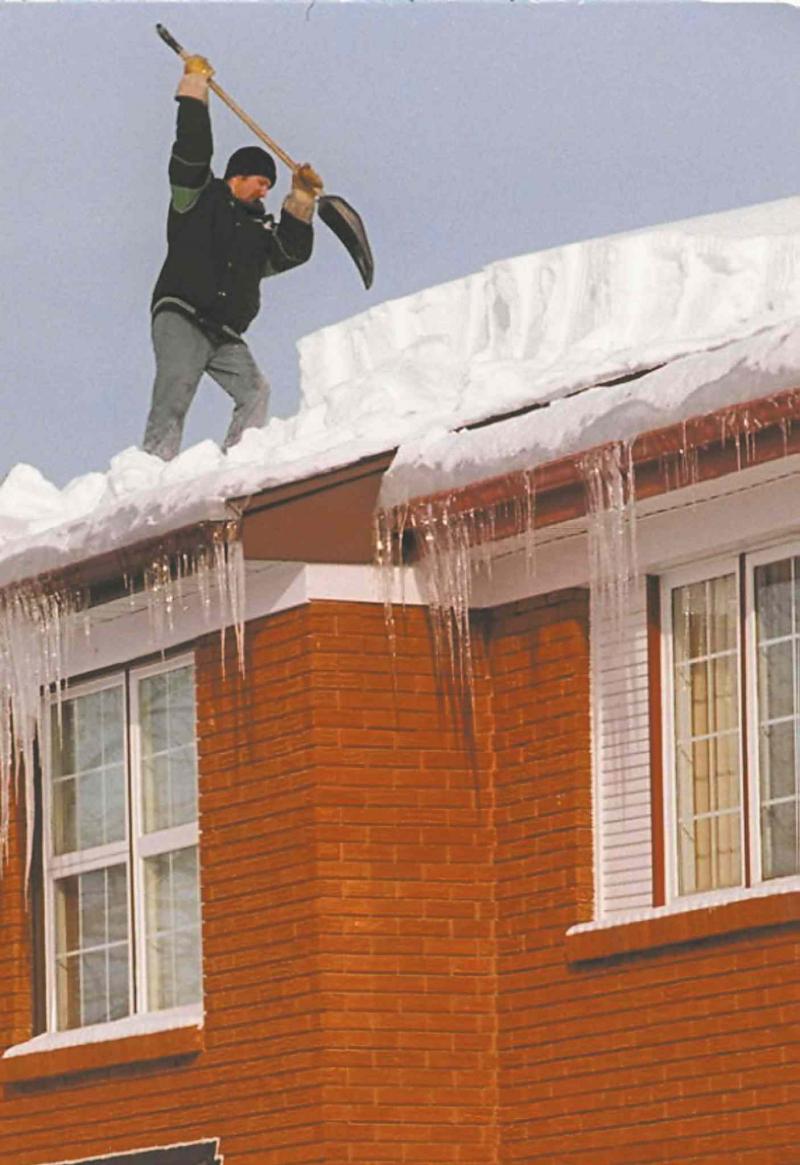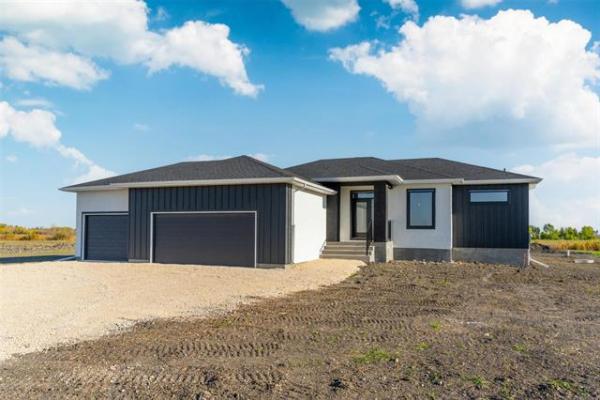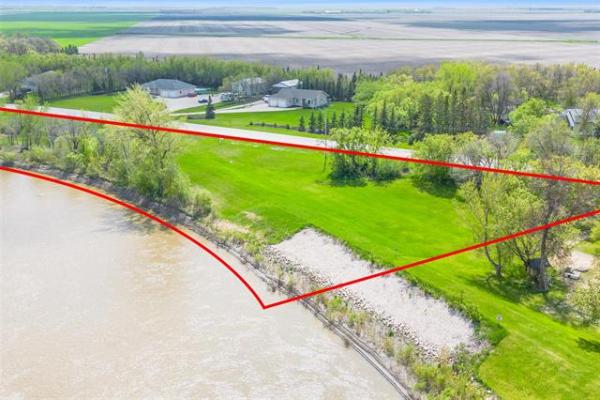
Question: I have an ongoing problem with ice damming. I did change the shingles on the roof twice. The last time was seven years ago. Now, I am thinking of changing the furnace to a high-efficient unit, plus I would like to change my attic insulation to foam insulation. There is also an electric Bylin Roof Ice Melt system on the roof. What do you recommend? My house is one and a half story. My furnace was installed in 1990.
Thanks a lot.
Jaime Carrasco
Answer:
This may seem like an odd time of year to be discussing ice damming, but it may be the ideal time to make improvements to prevent it from happening in the upcoming winter months. While repairs to roofing are always a good idea, from a maintenance point of view, the ice damming has little to do with the condition of the roof.
One of the most misunderstood issues facing homeowners like yourself, especially on older one and a half and two and a half story homes, is ice damming. Thick ice forming in the winter at the eaves and valleys on these style of homes is almost a certainty, but preventative measures can be taken to minimize this issue so it causes few problems. Moisture damage, inside and outside the home, are common with bad ice damming issues. In most situations the ice will cause premature wear on the roofing, but the real concern is leakage inside the home and damage to soffits, fascia, and siding at the exterior.
The cause of ice damming is warm air and heat escaping the living space in the home into the attic and roof system within the building. Prevention of both warm air and heat from entering these critical areas will prevent melting of snow on the roof, which is the source of the raw materials for the ice dams. This snow will melt underneath if the roof deck is too warm, and when the sun hits it on moderate winter days. At night, after the sun sets, the melted snow freezes as it hits the cooler eaves. This may happen day after day, which can build up thick ice, as the accumulated water has nowhere to drain. Preventing the underside of the snow pack from melting is the key to preventing serious ice damming. Clearing snow off the roof and adding more attic ventilation will also help, but will not get to the root cause of the problems. The heat cable system you are using will not work and may only cause more melting and more deterioration to the roofing from the heat. It may help clear the excess snow, but that is more effectively done with a plastic shovel or roof rake.
To prevent warm air intrusion into the upper attic and lower knee-wall attics, improved measure for air sealing and insulation is required. If there are already access hatches installed, especially in the lower knee-wall spaces, conventional methods of insulation and ventilation may be all that is required. If there is no current way of getting into these lower attic spaces, cutting openings in the short knee-walls is the first order of business. When inspecting these spaces you should see a reasonable amount of insulation on the attic side of the short knee-walls, none between the rafters, and a thick layer of insulation on the floor of the space. All of these items are rarely there initially, so improving these will help prevent warm air intrusion into these attics. If there is a small amount of old insulation, normally wood shavings or mineral fibre in between the floor/ceiling joists, it may be left in place. If there is nothing sealing this area with blown-in high density polyurethane foam or a couple of layers of rigid extruded polystyrene foam insulation may be the best option. Whichever condition you see, adding several centimetres of loose cellulose fibre insulation on top will complete the floor insulation. Installing plastic foam insulation on the inside of the short knee-walls will also be ideal, but may be difficult to do. Installation of traditional batt insulation, and a six-mm polyethylene air/vapour barrier on the attic side of these knee-walls may be adequate. Installation of sufficient roof and gable vents on these attic spaces will be the final piece of the puzzle to keep them cool.
The upper attic should be accessible from the hatch, or from the roof above, to blow in cellulose fibre insulation and install additional roof vents, as needed. The sloped ceilings between these two attics should also be insulated and sealed with high quality insulation, but this may prove too difficult or impractical. In that case, making sufficient improvements in the upper and lower attics may be enough to prevent a serious problem, even if the sloped ceilings are not properly addressed.
Changing from a standard or mid-efficient furnace to a high-efficiency unit is a good idea for the environment and for economic reasons, but may only increase the amount of moisture in the house air. That will compound the possibility of moisture issues within the attics, as the higher relative humidity may allow easier condensation in the attics. Before completing that upgrade, improvements to the insulation and ventilation in your upper and lower attics will be required to minimize the current ice damming situation and prevent a worsening of your current moisture issues.
Ari Marantz is the owner of Trained Eye Home Inspection Ltd. and the Past President of the Canadian Association of Home & Property Inspectors - Manitoba (www.cahpi.mb.ca). Questions can be e-mailed to the address below. Ari can be reached at (204) 291-5358 or check out his website at www.trainedeye.ca.
trainedeye@iname.com



